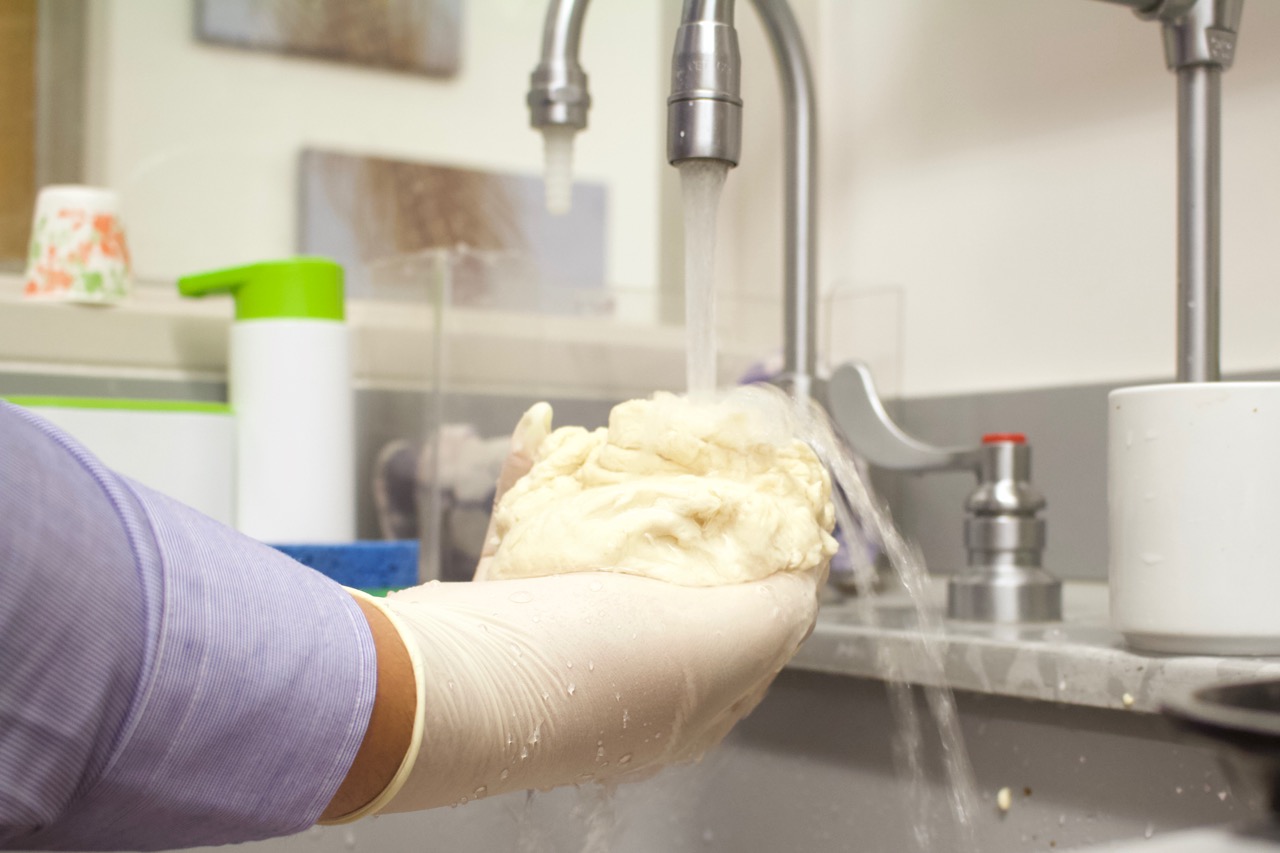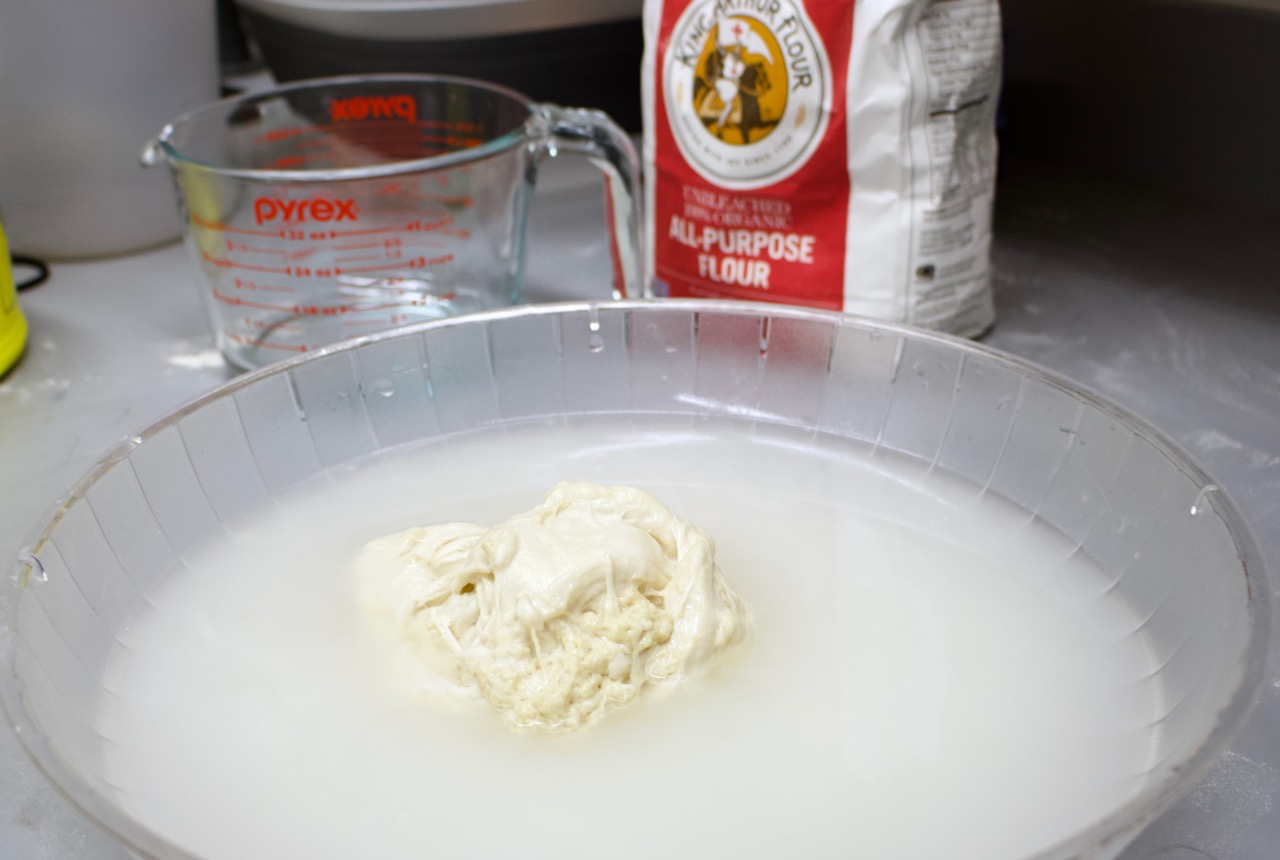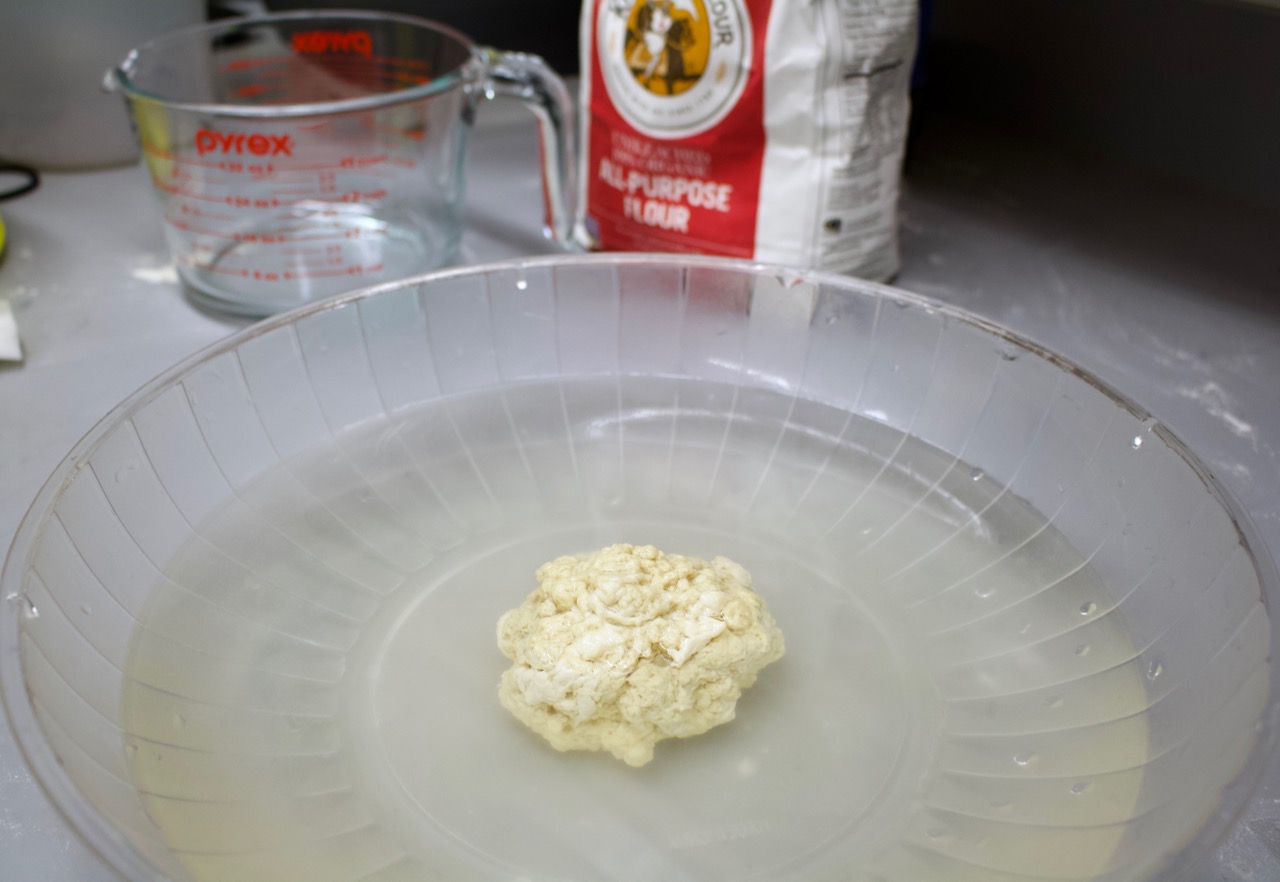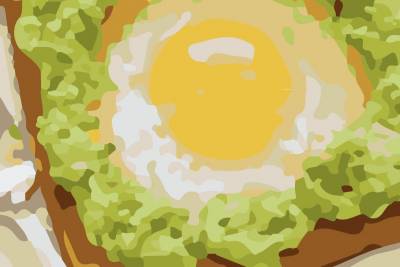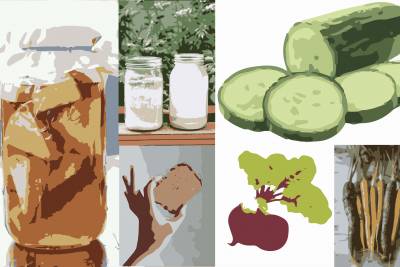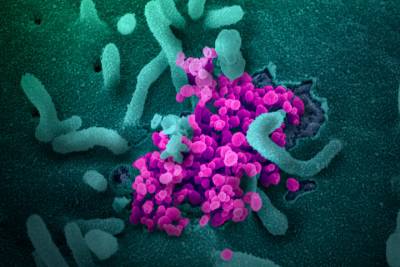Purification of Wheat Gluten
Background
Wheat flour contains approximately 7-14% protein, ~90% of which is gluten. The protein and gluten content of different flours can vary significantly. For example, there is a higher gluten content in bread flour as bread requires a lot of structural support. on the other hand, cake flower contains less gluten since we prefer cakes to be soft and less structured.
More specifically, gluten consists of two protein types: glutenin and gliadin. These proteins are rich in cysteine amino acids that form disulfide bonds with other cysteine residues. In the kneading process, the glutenin proteins are stretched out to encourage the formation of disulfide bonds between elongated strands of glutenin, often mediated by gliadin.
Proteins, and especially crosslinked gluten proteins, are large polymers that tend to be hydrophobic. We can separate the very water soluble carbohydrates in flour from the less water-soluble gluten proteins simply by washing dough with water. This protocol will allow us to study the properties of protein molecules and the effects of their intermolecular interactions at the macroscopic scale.
Materials
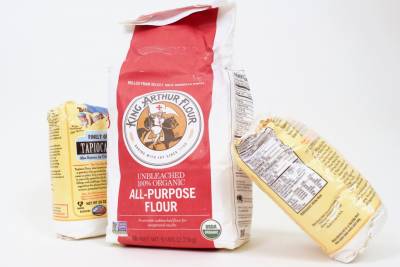
Foods
- Flour or mix of flours—be sure at least one contains gluten e.g. All-Purpose or Bread flour
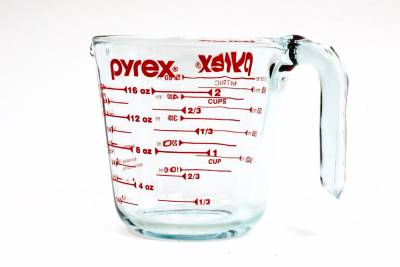
Equipment
- Measuring Cup (1 C)
- Bowl or Bucket

Solvents / Solutions
- Running water (or a bucket of water, with the ability to change out the water in the bucket)
Procedure
- Measure 1 C of flour and mix it with 1⁄2 C of water. Mix the flour and water together until a ball of dough begins to form, adding more water if needed. The ball should not feel sticky—if it does, add more flour.
- Knead the ball of dough until it becomes more elastic and shiny on the outside, up to 5 minutes.
- Let the ball sit for at least 10 minutes, which will encourage a higher gluten content.
- Begin to wash away the water soluble carbohydrate component of the dough by putting the dough ball under a gentle stream of water at the tap, or by gently kneading it in a bucket of fresh water. If you are using a bucket of water, change the water as it becomes milky to continue to efficiently remove the carbohydrates.
- Once the water no longer looks milky, you have removed all of the carbohydrates.
Study the properties of your ball of protein. What conclusions can you draw about the effects of their intermolecular interactions?
- If you’d like, you can bake your ball at this stage to see how the heat affects the gluten in the absence of all the other bread-making ingredients.
What conclusions can you draw about how might heat affect gluten protein structure?
Discussion
Why is gluten important when breads “rise”?
Describe the consistency of a bakery product that has high gluten content. Describe the consistency of a bakery product that has low gluten content.
Gluten is packaged and sold as seitan in the grocery store. Why would many vegetarians consume this food as a substitute for animal protein?

